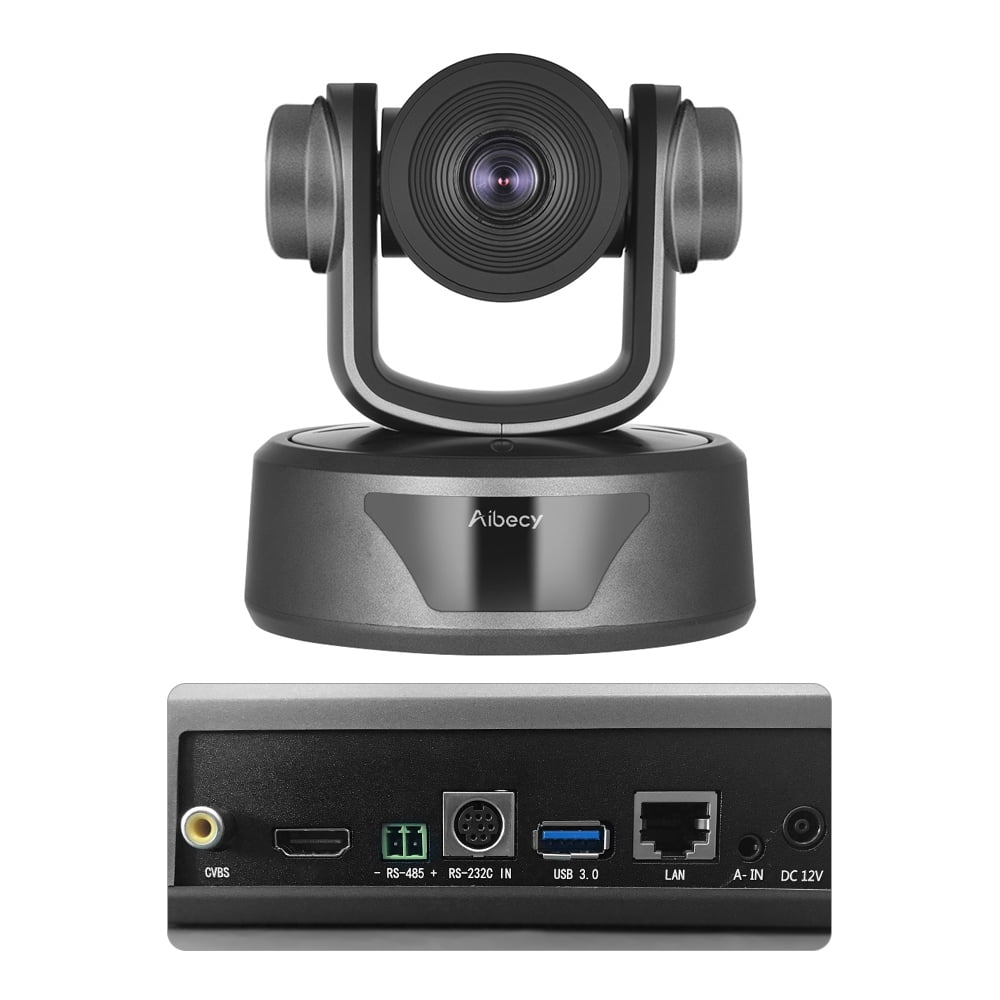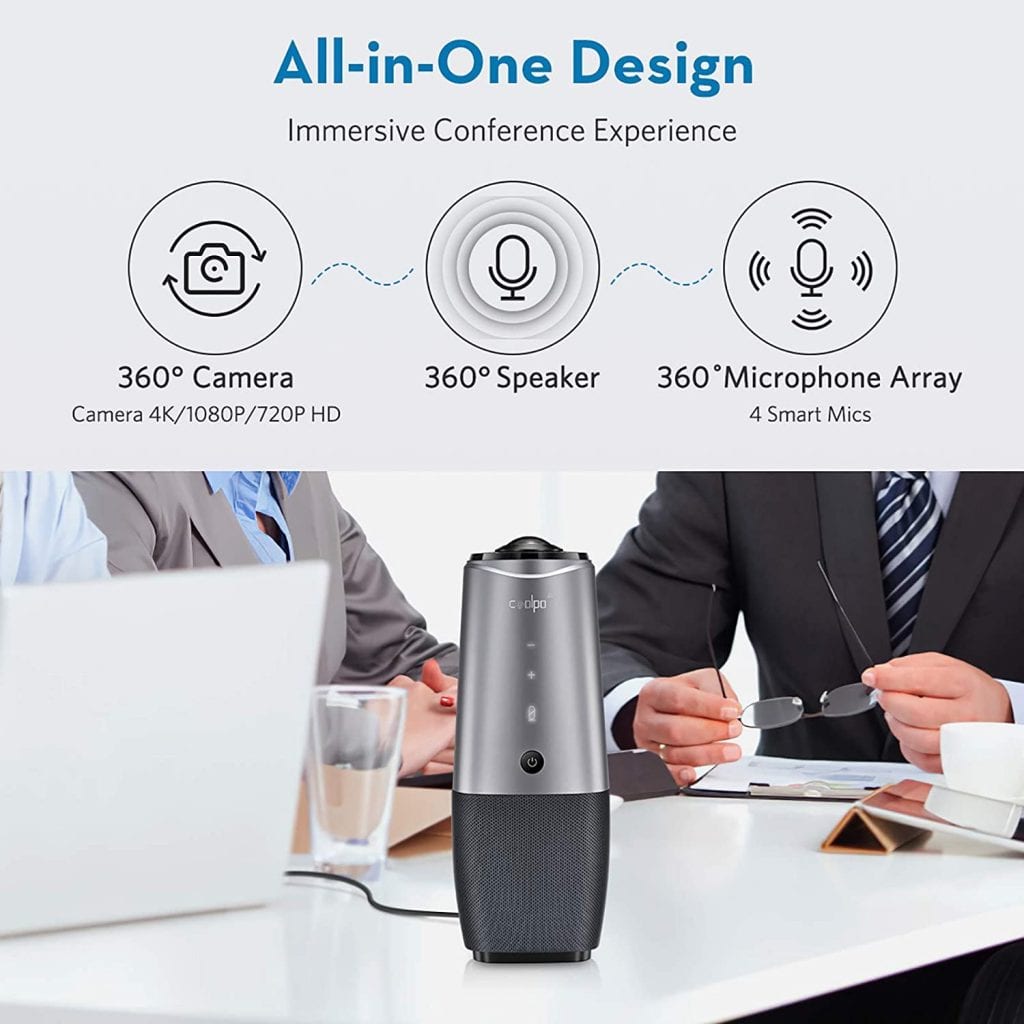

Many employees enjoy the benefits of working remotely.

Other than this, employers typically have the right to monitor employees whenever they wish to do so, within reason. The employer can typically do this, so long as they disclose the surveillance to employees, the areas covered are public (such as a lobby or dining area), or when the company has justifiable reasons for doing so. Camera surveillance is often used to monitor employee activity and for theft prevention. If court-mandated, an employer can gain access to all employee electronic communications, which includes Slack conversation data.Īdditionally, employers may also use cameras for surveillance purposes. Employers may also search through an employee’s electronic belongings, as long as the employee consents. There are, however, exceptions to the ECPA, which allow employers to monitor oral and electronic communications, as long as they can prove that they were doing so for business purposes. This was part of the Wiretap Act of 1968, which not only protects employees from verbal and wire communications, but it also prohibits employers from searching through emails, phone calls, and electronic data storage. The ECPA prevents employers from monitoring electronic communications in the workplace. There are other laws protecting employee privacy, such as the Electronic Communications Privacy Act of 1986 (ECPA). You can read more about each state’s conversation recording laws in the article Is it Legal to Record Phone Calls and Conversations?. Some states only require one-party consent, while other states, such as California, require all-party consent. states, under Tiemployers cannot record employee conversations without their consent. There are a few privacy laws that protect employees from their employer’s scrutiny. They say that this is not only an issue of privacy but that this requirement should be illegal. Some argue that they must share their homes and personal lives with others when the camera is on. However, this raised employees’ concerns about privacy. To achieve this, employers started asking employees to turn on their cameras during meetings. Since this transition, many employers have tried to keep positive company culture alive. Still, millions of people still work from their home offices, kitchens, or living rooms. According to studies, approximately 41.8% of the American workforce worked remotely during the start of the pandemic, but that has since fallen to about 22%. The workforce has changed tremendously since the start of the pandemic in 2020.


 0 kommentar(er)
0 kommentar(er)
